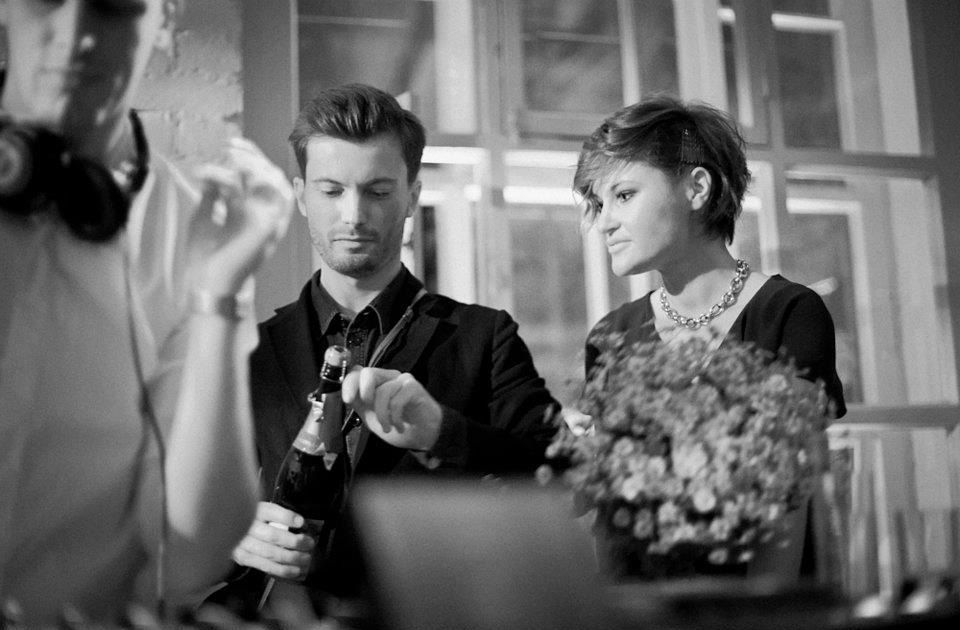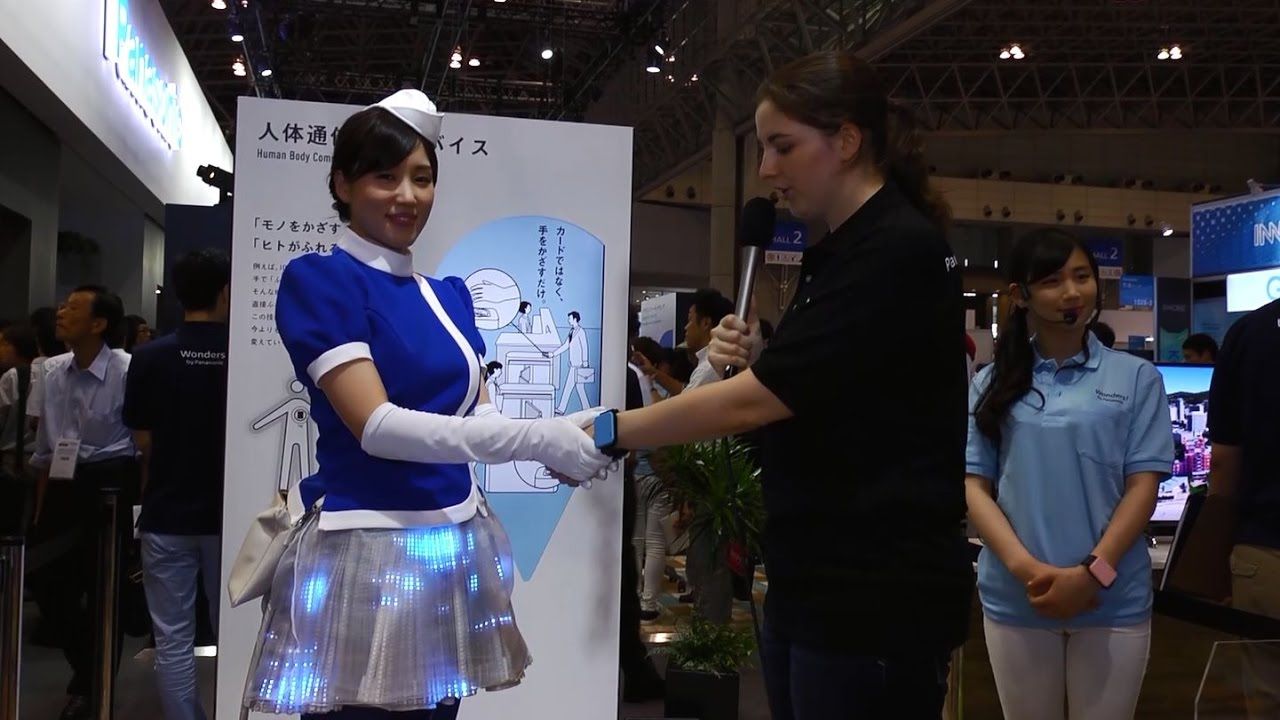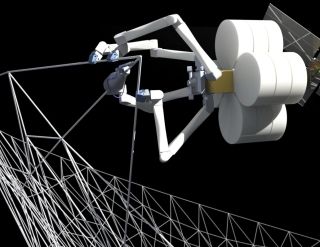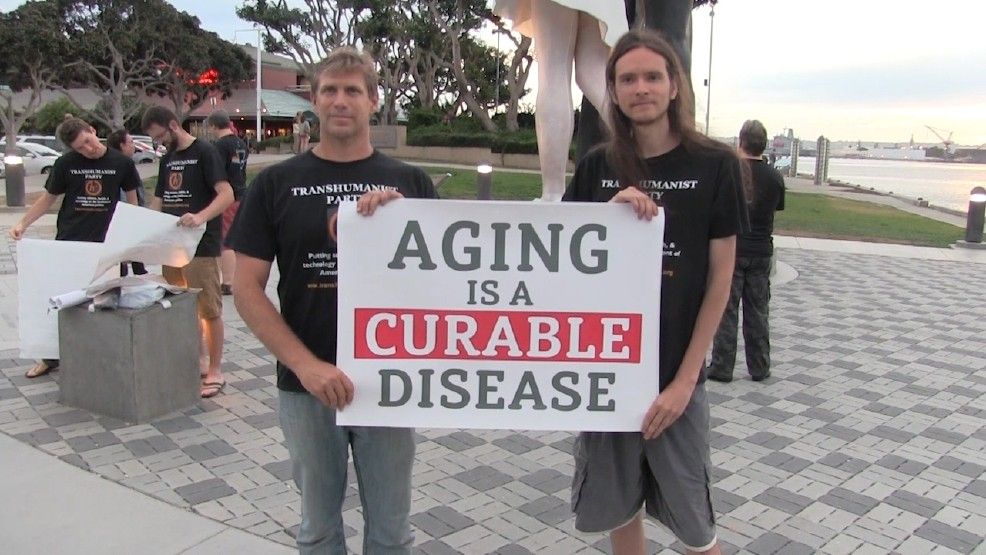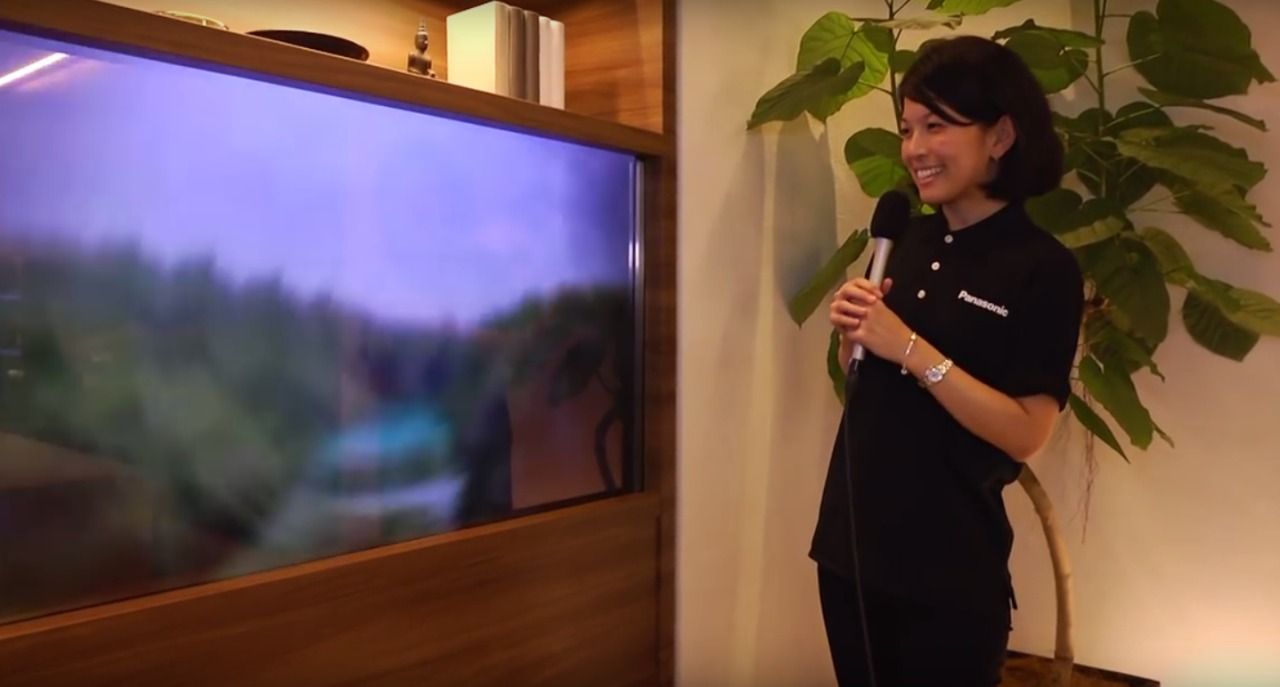When the engineers had at last finished their work, Eugenia Kuyda opened a console on her laptop and began to type.
“Roman,” she wrote. “This is your digital monument.”
It had been three months since Roman Mazurenko, Kuyda’s closest friend, had died. Kuyda had spent that time gathering up his old text messages, setting aside the ones that felt too personal, and feeding the rest into a neural network built by developers at her artificial intelligence startup. She had struggled with whether she was doing the right thing by bringing him back this way. At times it had even given her nightmares. But ever since Mazurenko’s death, Kuyda had wanted one more chance to speak with him.
